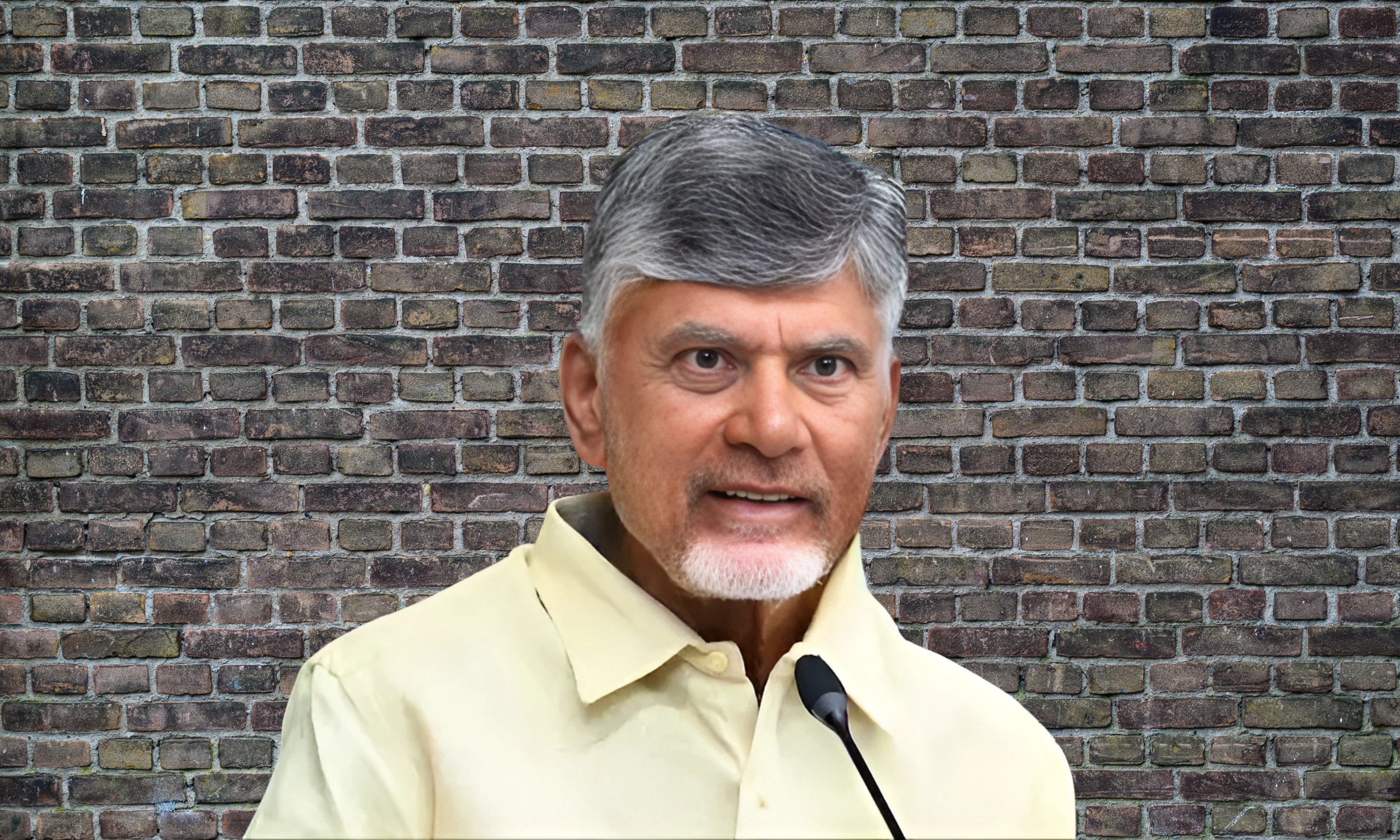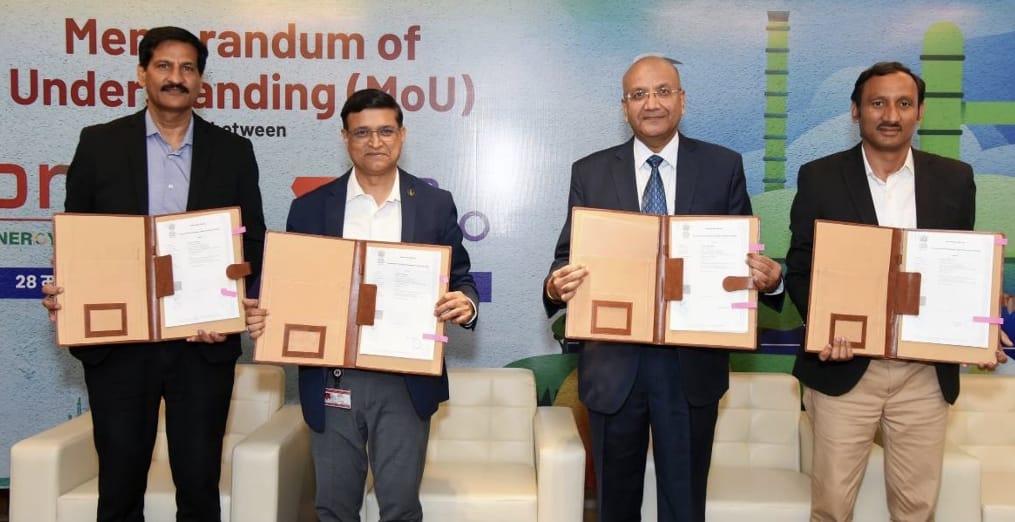Andhra Pradesh Lifts Two-Child Rule for Local Body Election Candidacy

In a significant policy shift, the Andhra Pradesh government has removed the two-child rule for candidates contesting local body elections. The decision was made after the Andhra Pradesh Legislative Assembly passed the AP Panchayat Raj (Amendment) Bill, 2024, and the AP Municipal Laws (Amendment) Bill, 2024, on Monday.
These amendments pave the way for candidates, regardless of the number of children they have, to now run for election in local governing bodies.
Background of the Two-Child Norm
The two-child norm, which had been in place for nearly three decades, was originally implemented in 1994 by the Andhra Pradesh assembly. This rule disqualified individuals with more than two children from contesting elections to local bodies such as Gram Panchayats, Mandal Praja Parishads, and Zilla Parishads. The policy aimed to regulate population growth, and it was a part of a broader strategy to encourage family planning.
Naidu’s Advocacy for Population Growth
The repeal of the two-child norm marks a shift in policy under the leadership of Chief Minister N. Chandrababu Naidu. In recent years, Naidu has advocated for policies that encourage families to have more children, suggesting that population growth could become an economic asset in the future.
He believes that the successful implementation of family planning measures in the past has now created an environment where the focus should shift toward incentivizing families, particularly women, to increase their family size.
Declining Fertility Rates in Andhra Pradesh
The government’s decision is based on demographic trends, particularly the sharp decline in fertility rates across the state. According to the National Family Health Survey (NFHS-5) 2019-21, the total fertility rate (TFR) in Andhra Pradesh has fallen to 1.7 children per woman, which is significantly below the replacement level of fertility.
This decline has been consistent, with a decrease of 0.2 children per woman between NFHS-4 (2015-16) and NFHS-5.
The survey also showed that 77% of married women and 74% of men aged 15-49 have either been sterilized, do not wish to have more children, or have a spouse who has been sterilized.
Among those who still want children, 22% of women and 26% of men prefer to wait at least two years before having another child. Additionally, a vast majority (91% of women and 86% of men) consider the ideal family size to be two or fewer children.
Impact of the Changing Fertility Rates
The fertility rate in both urban and rural areas of Andhra Pradesh is also below the replacement level. In urban areas, the fertility rate stands at 1.47 children per woman, while in rural areas, it is slightly higher at 1.78 children per woman.
Both are still significantly below the replacement level, further highlighting the declining trend in fertility.
Given these statistics, the Andhra Pradesh government recognized that the original two-child norm was becoming increasingly counterproductive in the context of contemporary demographic realities.
The government believes that repealing the policy will help create a more inclusive electoral process, better reflecting current social values and global demographic trends.
The Repeal of the Two-Child Norm
By amending the AP Panchayat Raj Act, 1994, the AP Municipalities Act, 1965, and the Municipal Corporation Act, 1955, the Andhra Pradesh government has now removed the restrictions on candidates with more than two children.
With the passage of the amendment bills, individuals can now contest elections for local bodies regardless of the number of children they have. This marks a significant policy reversal, as it was the Naidu-led government in 1994 that first introduced the two-child rule in an effort to curb population growth.
The Government’s Rationale for the Amendment
The government’s rationale for repealing the two-child norm stems from the changing demographic conditions and socio-economic realities. The declining fertility rates in the state, coupled with evolving societal norms, have made the population control measures outdated.
By removing the two-child restriction, the government aims to foster more inclusive governance and ensure that a wider range of candidates can participate in the electoral process.









